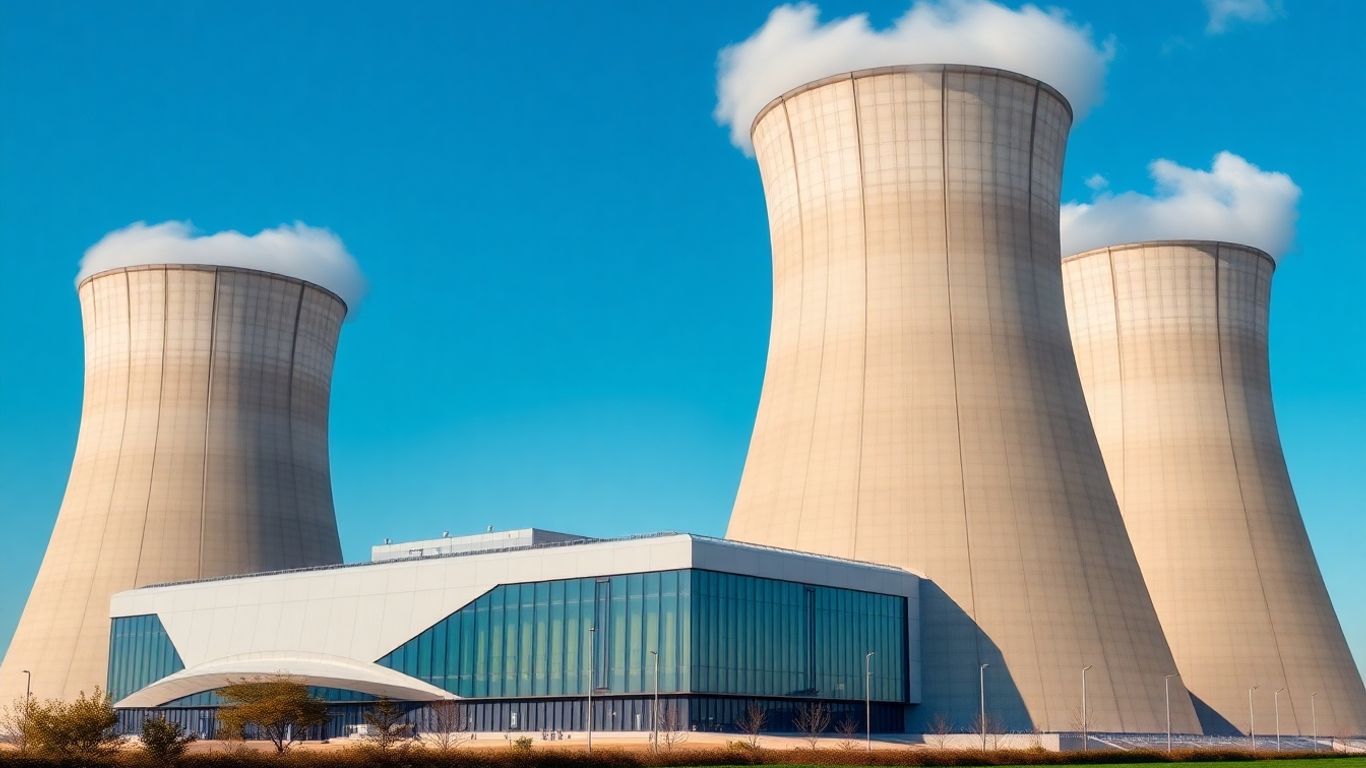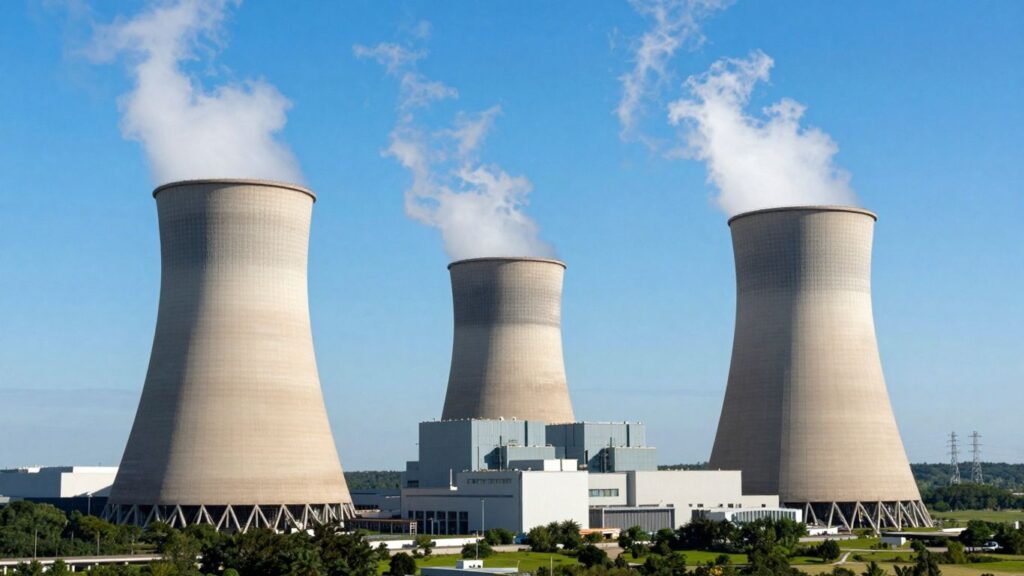Poland is significantly advancing its nuclear energy strategy, with a strong focus on integrating Small Modular Reactors (SMRs) and fostering international collaboration. This push aims to bolster energy security, achieve climate goals, and modernize its energy infrastructure, moving away from its heavy reliance on coal. Public support for nuclear power in Poland is exceptionally high, with recent polls indicating over 90% approval.
Key Takeaways
- Poland plans to deploy SMRs by 2040, complementing its larger nuclear power plant projects.
- International partnerships, particularly with Canada, are crucial for technology sharing and operational expertise.
- The updated Polish Nuclear Power Program (PPEJ) emphasizes SMRs for industrial applications and district heating.
- Financial models and regulatory frameworks are being developed to support nuclear investments.
- Poland aims to leverage former coal plant sites for new nuclear facilities.
Strategic Shift Towards SMRs
The updated Polish Nuclear Power Program (PPEJ) acknowledges the critical role of SMRs in the nation’s decarbonization efforts. While large-scale nuclear power plants are progressing, SMRs are seen as a flexible solution for industrial sites and district heating systems. The government is working on a dedicated roadmap for SMR deployment, aiming to streamline regulatory processes and support private sector initiatives in this area. Companies like Orlen Synthos Green Energy (OSGE) are actively pursuing SMR projects across various locations, including Ostrołęka and Kraków.
International Collaboration and Expertise
Poland is actively seeking international partnerships to accelerate its nuclear program. A significant collaboration is underway with Ontario Power Generation (OPG) from Canada, which is building its own SMRs using the same GE Hitachi BWRX-300 technology planned for Poland. This partnership aims to leverage OPG’s experience in pre-deployment, operations, and maintenance services for Poland’s SMR fleet. Such collaborations are vital for knowledge transfer, supply chain development, and ensuring the safe and efficient operation of new nuclear facilities.
Financing and Infrastructure Development
Ensuring the financial viability of its nuclear projects is a key priority for Poland. The government is exploring various financing models to attract private investment and reduce the burden on the state budget. This includes developing clear risk-sharing mechanisms and predictable revenue streams to enhance investor confidence. Furthermore, Poland is considering repurposing former coal power plant sites for new nuclear facilities, which would support the economic and social transition of these regions. The development of a second major nuclear power plant (EJ2) is also on the agenda, with potential locations identified in former coal-dependent areas.
Future Outlook
Poland’s commitment to nuclear energy, particularly through the integration of SMRs and robust international cooperation, positions it as a key player in Europe’s energy transition. The high public acceptance and strategic planning indicate a strong national consensus for a low-carbon future powered by nuclear energy. The country aims to have its first SMRs connected to the grid by 2040, marking a significant step in its journey towards energy independence and climate neutrality.
Sources
- Strengthening Poland’s Nuclear Strategy through Financing, Small Modular Reactors, and International
Collaboration – Clean Air Task Force, Clean Air Task Force. - Update of the Polish Nuclear Power Program, Dentons.
- OPG and OSGE strengthen collaboration on small modular reactors in Poland, Yahoo Finance.












